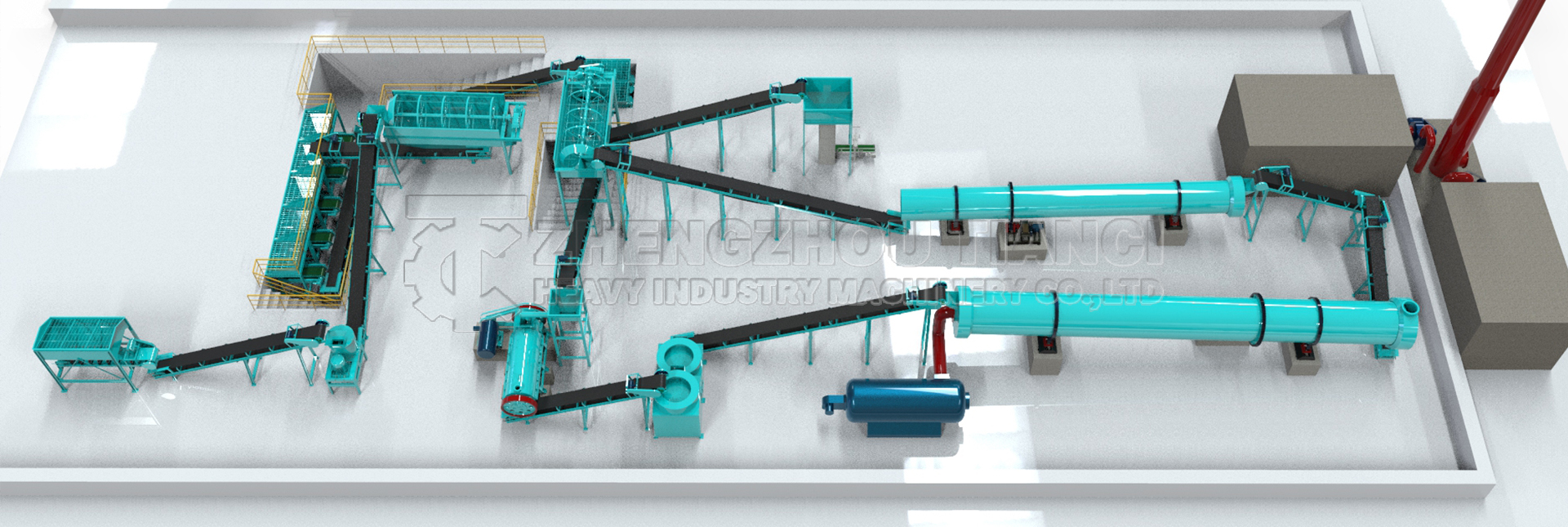2025-07-03

Organic fertilizer production primarily utilizes animal manure, plant residues, and food waste. These materials undergo composting to break down organic matter. In contrast, biofertilizer manufacturing focuses on cultivating specific microorganisms like nitrogen-fixing bacteria (Rhizobium), phosphate-solubilizing bacteria (Pseudomonas), or mycorrhizal fungi.
While organic fertilizers feed plants through nutrient release, biofertilizers enhance soil biology to improve nutrient availability—a fundamental distinction that begins at the raw material stage.
|
Process Stage |
Organic Fertilizer |
Biofertilizer |
|
Preparation |
Collection of organic waste materials |
Isolation and selection of microbial strains |
|
Primary Processing |
Composting (aerobic decomposition) |
Microbial culture development in labs |
|
Quality Control |
Monitoring C/N ratio, temperature, moisture |
Microbial count verification, purity checks |
|
Final Product |
Stabilized organic matter |
Live microbial cultures with carriers |
Organic fertilizer production relies heavily on natural decomposition processes, often requiring large spaces for windrow composting and 60-90 days for maturation. Biofertilizer manufacturing demands sterile laboratory conditions for microbial cultivation, with fermentation processes typically completing in 5-7 days.
The carrier material also differs substantially—organic fertilizers might use compost as the final product, while biofertilizers require sterile carriers like peat, lignite, or vermiculite to maintain microbial viability during storage.
Organic fertilizer production helps recycle agricultural waste but can generate greenhouse gases during decomposition. Biofertilizer manufacturing has a lower carbon footprint but requires precise temperature and pH control during fermentation, increasing energy needs for climate-controlled facilities.